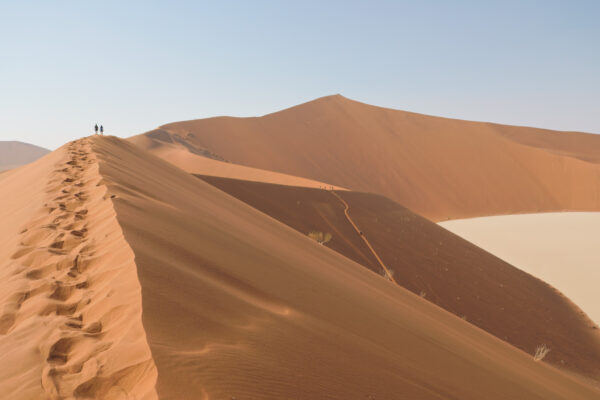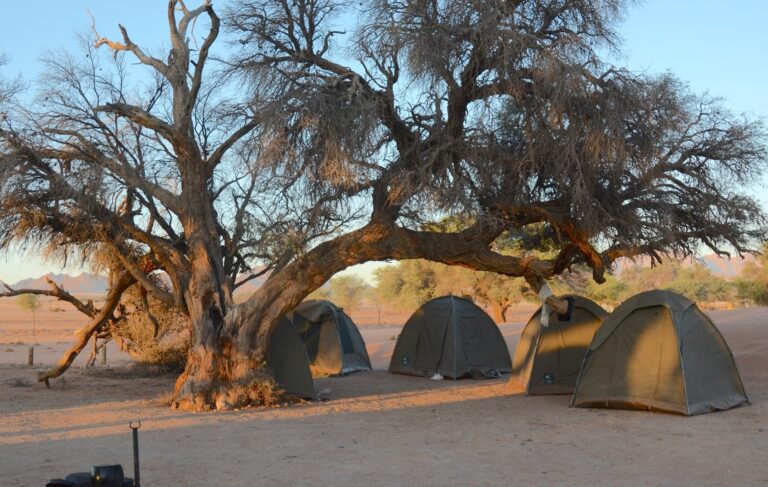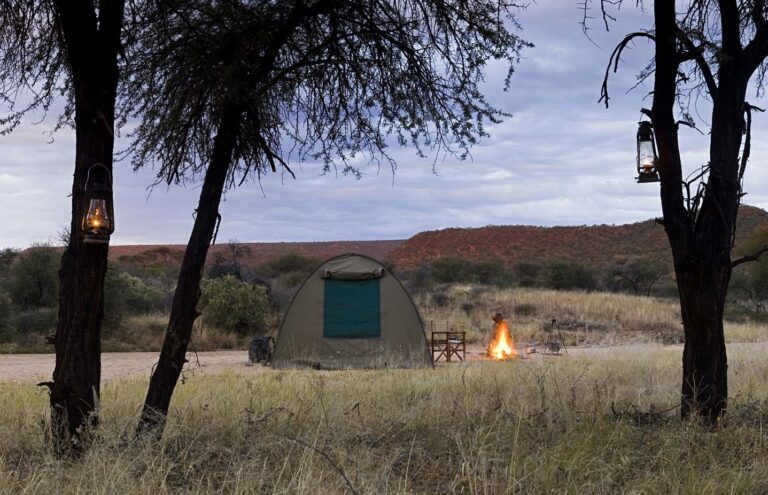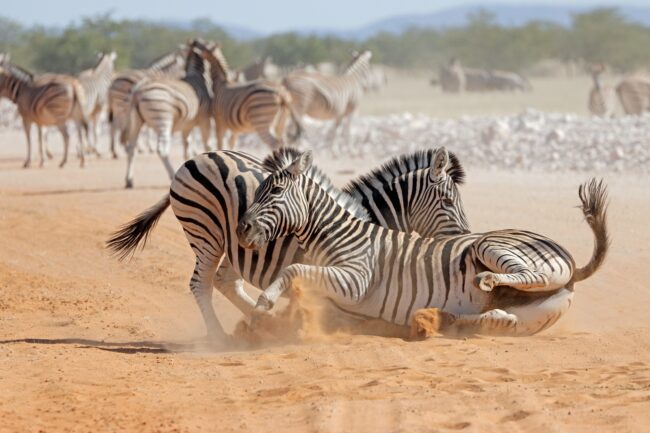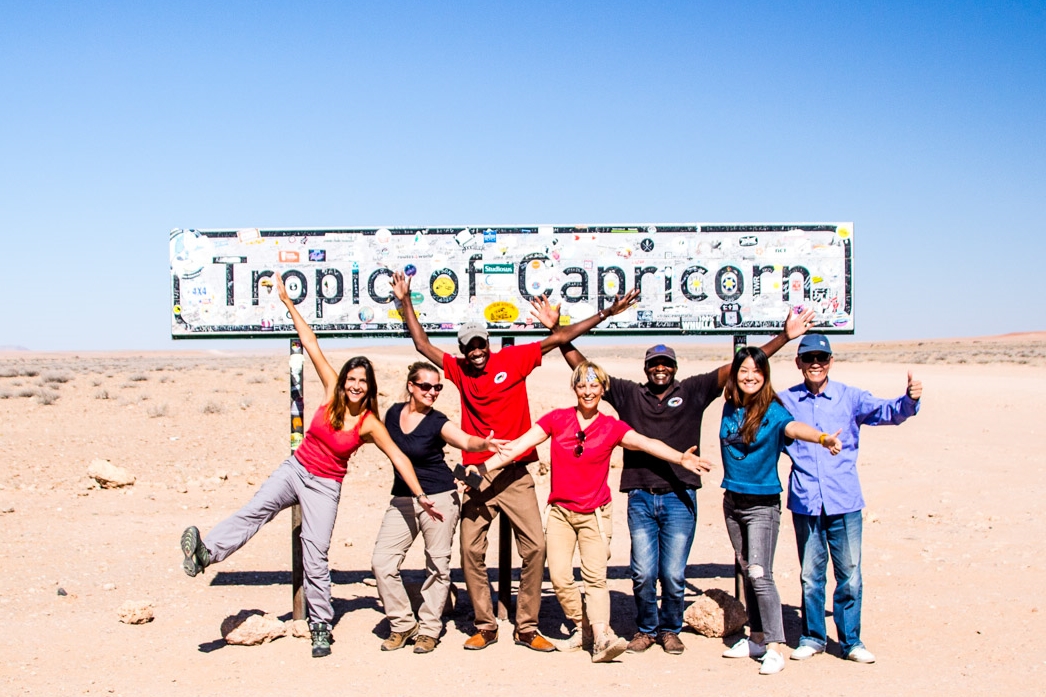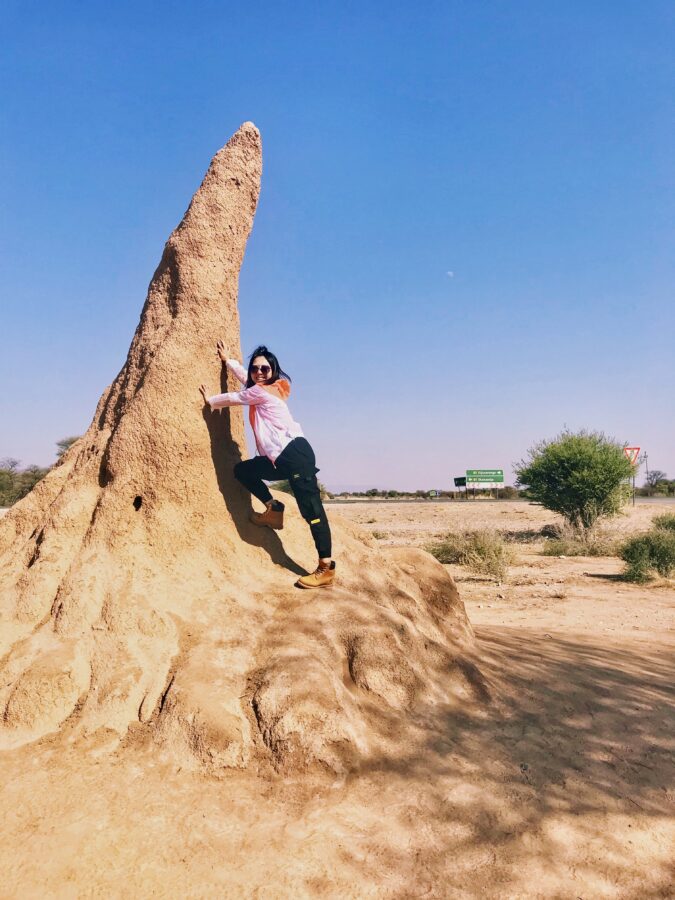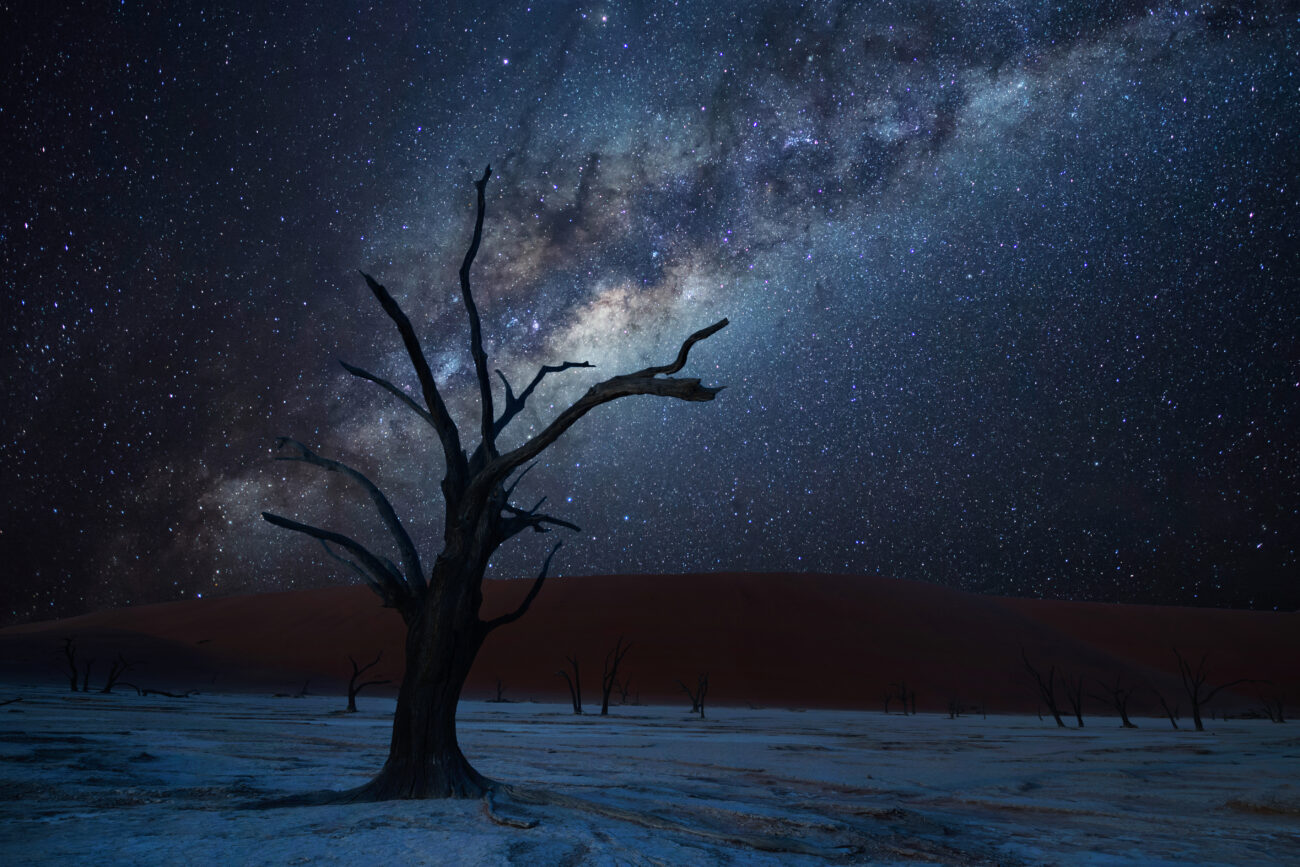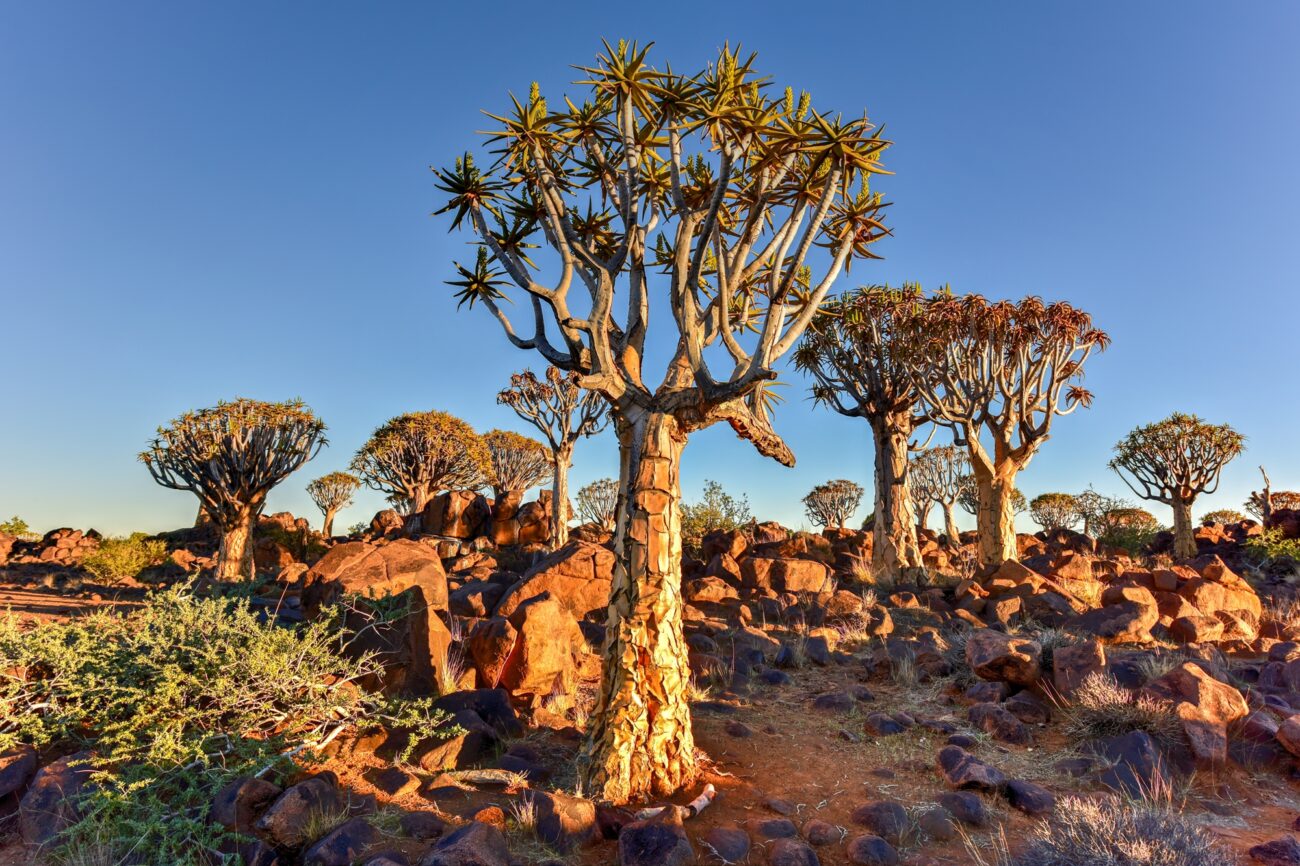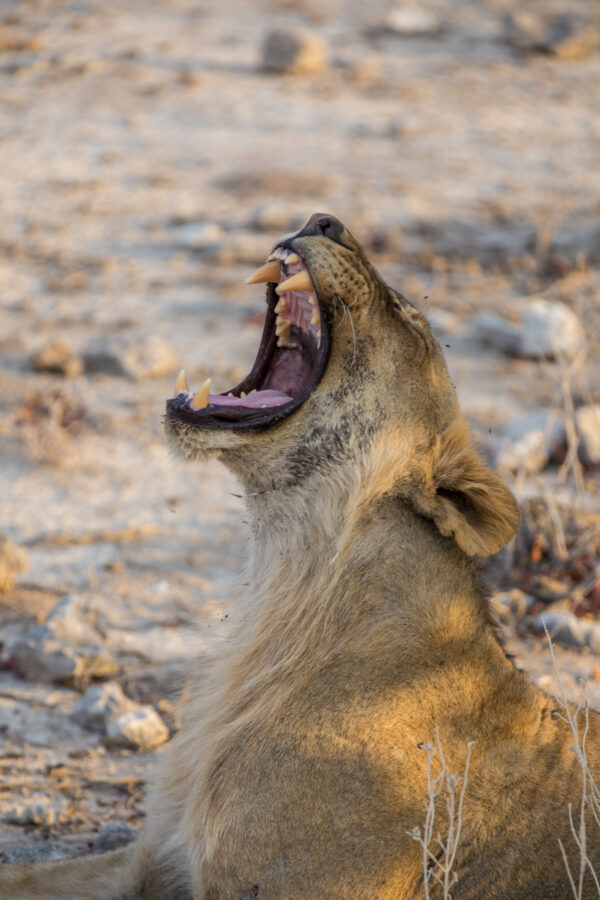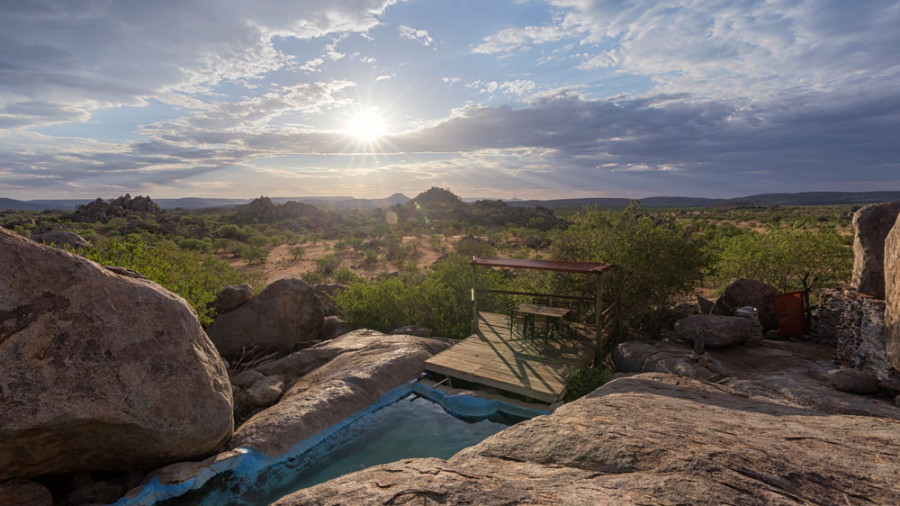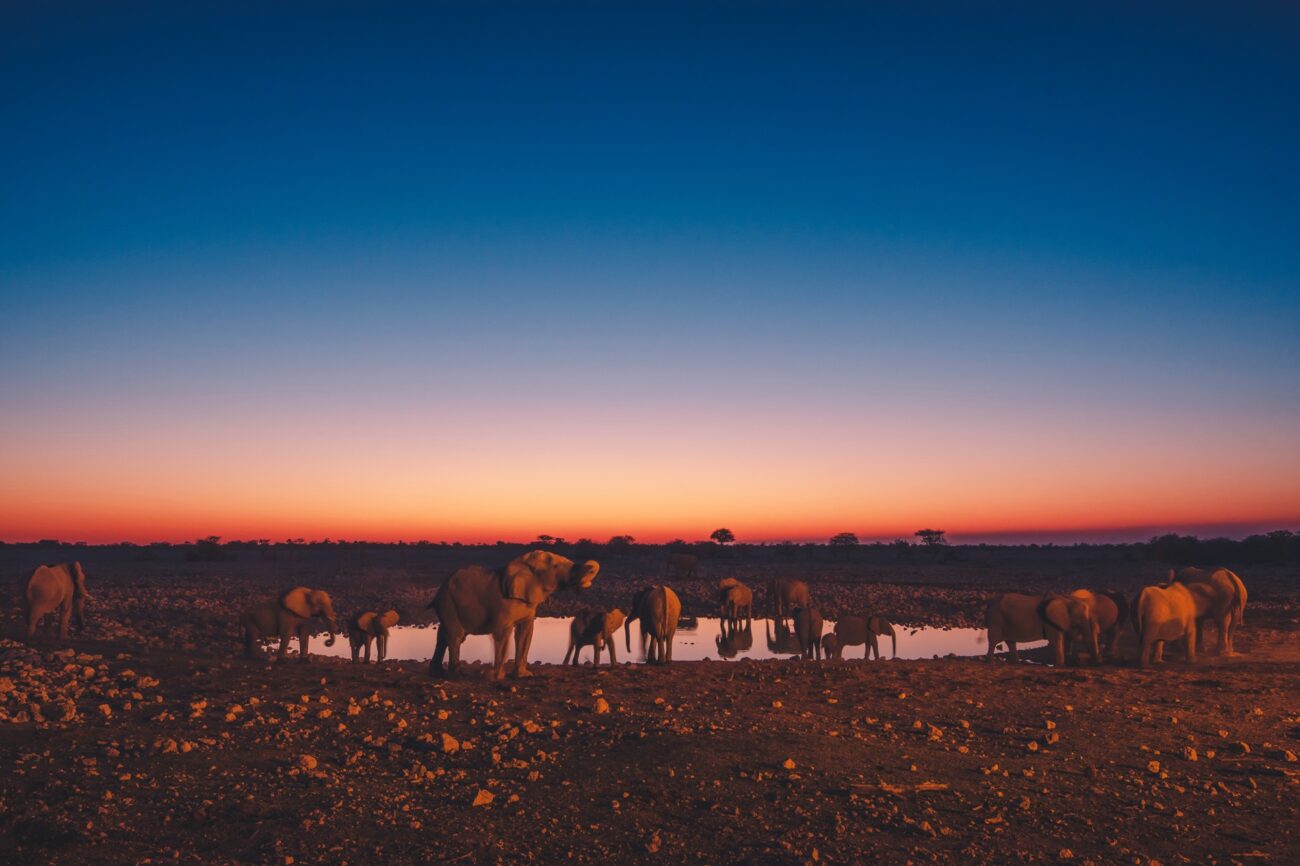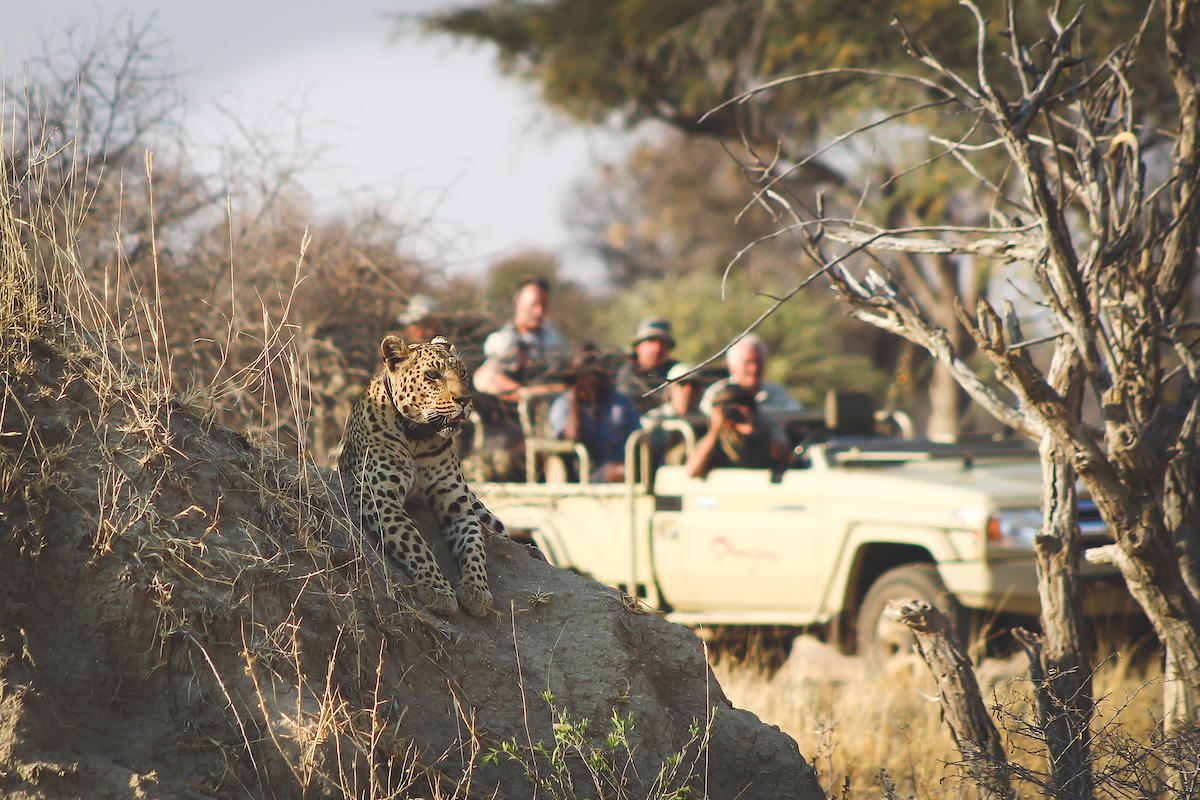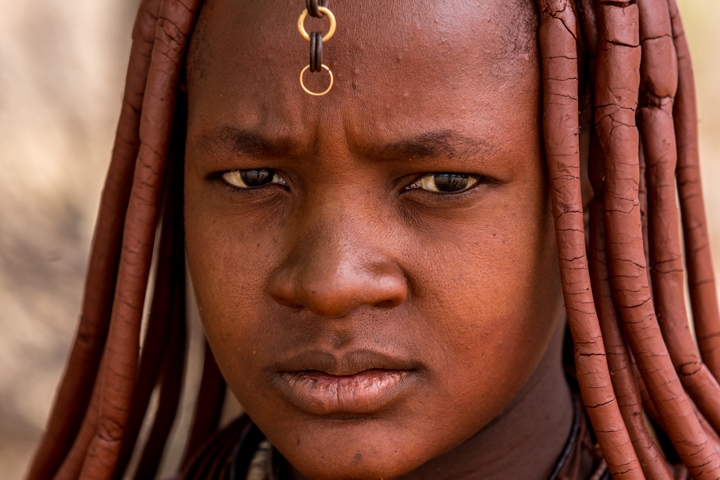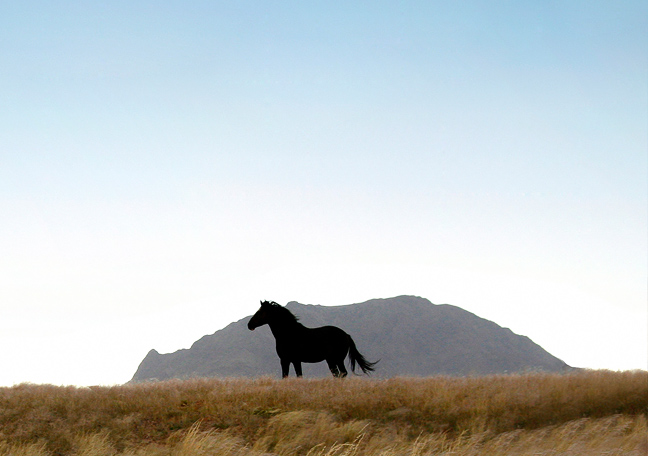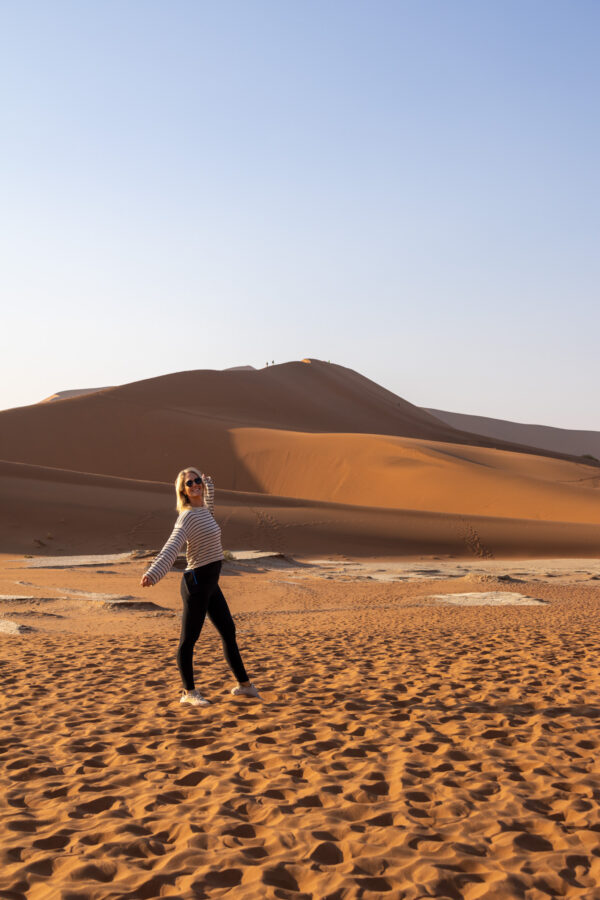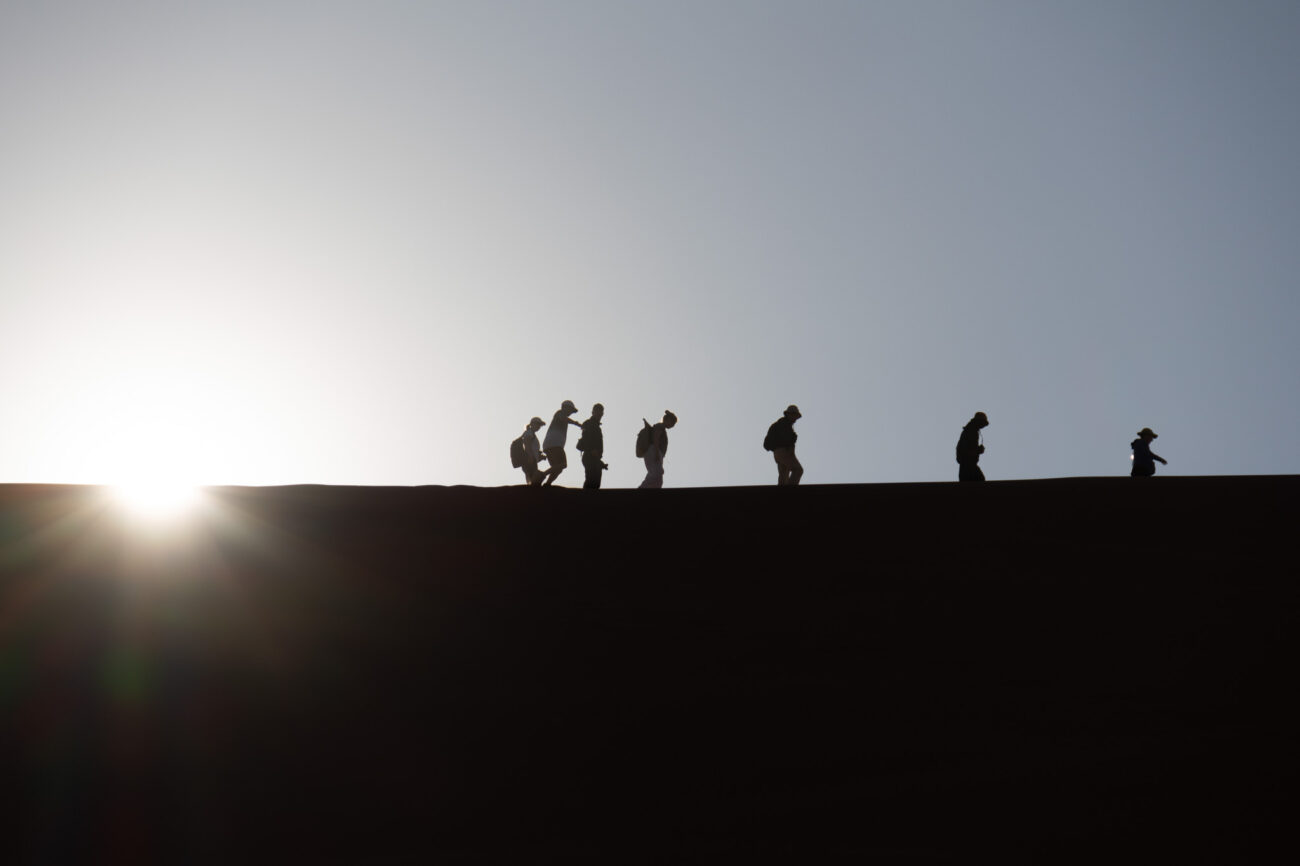|
Saturday
12 Jul 2025
Windhoek
Windhoek
|
Wednesday
23 Jul 2025
Windhoek
|
|
ON
SALE
ZAR
0
ZAR
0
|
|
| Option |
Price Per Person |
Camping - Twin Share
|
0
53,400
ZAR 53,400
Per Person
|
Camping - Single
|
0
57,200
ZAR 57,200
Per Person
|
?Child rates apply to children aged 5 to 11 years and must share with one full paying adult, otherwise adult rate will apply. No children under the age of 5 years are allowed on this safari.
PRICE PER CHILD
|
0
49,900
ZAR 49,900
Per Child
|
|
|
Saturday
19 Jul 2025
Windhoek
Windhoek
|
Wednesday
30 Jul 2025
Windhoek
|
|
ON
SALE
ZAR
0
ZAR
0
|
|
| Option |
Price Per Person |
Camping - Twin Share
|
0
53,400
ZAR 53,400
Per Person
|
Camping - Single
|
0
57,200
ZAR 57,200
Per Person
|
?Child rates apply to children aged 5 to 11 years and must share with one full paying adult, otherwise adult rate will apply. No children under the age of 5 years are allowed on this safari.
PRICE PER CHILD
|
0
49,900
ZAR 49,900
Per Child
|
|
|
Saturday
26 Jul 2025
Windhoek
Windhoek
|
Wednesday
6 Aug 2025
Windhoek
|
|
ON
SALE
ZAR
0
ZAR
0
|
|
| Option |
Price Per Person |
Camping - Twin Share
|
0
53,400
ZAR 53,400
Per Person
|
Camping - Single
|
0
57,200
ZAR 57,200
Per Person
|
?Child rates apply to children aged 5 to 11 years and must share with one full paying adult, otherwise adult rate will apply. No children under the age of 5 years are allowed on this safari.
PRICE PER CHILD
|
0
49,900
ZAR 49,900
Per Child
|
|
|
Saturday
2 Aug 2025
Windhoek
Windhoek
|
Wednesday
13 Aug 2025
Windhoek
|
|
ON
SALE
ZAR
0
ZAR
0
|
|
| Option |
Price Per Person |
Camping - Twin Share
|
0
53,400
ZAR 53,400
Per Person
|
Camping - Single
|
0
57,200
ZAR 57,200
Per Person
|
?Child rates apply to children aged 5 to 11 years and must share with one full paying adult, otherwise adult rate will apply. No children under the age of 5 years are allowed on this safari.
PRICE PER CHILD
|
0
49,900
ZAR 49,900
Per Child
|
|
|
Saturday
9 Aug 2025
Windhoek
Windhoek
|
Wednesday
20 Aug 2025
Windhoek
|
|
ON
SALE
ZAR
0
ZAR
0
|
|
| Option |
Price Per Person |
Camping - Twin Share
|
0
53,400
ZAR 53,400
Per Person
|
Camping - Single
|
0
57,200
ZAR 57,200
Per Person
|
?Child rates apply to children aged 5 to 11 years and must share with one full paying adult, otherwise adult rate will apply. No children under the age of 5 years are allowed on this safari.
PRICE PER CHILD
|
0
49,900
ZAR 49,900
Per Child
|
|
|
Saturday
16 Aug 2025
Windhoek
Windhoek
|
Wednesday
27 Aug 2025
Windhoek
|
|
ON
SALE
ZAR
0
ZAR
0
|
|
| Option |
Price Per Person |
Camping - Twin Share
|
0
53,400
ZAR 53,400
Per Person
|
Camping - Single
|
0
57,200
ZAR 57,200
Per Person
|
?Child rates apply to children aged 5 to 11 years and must share with one full paying adult, otherwise adult rate will apply. No children under the age of 5 years are allowed on this safari.
PRICE PER CHILD
|
0
49,900
ZAR 49,900
Per Child
|
|
|
Saturday
23 Aug 2025
Windhoek
Windhoek
|
Wednesday
3 Sep 2025
Windhoek
|
|
ON
SALE
ZAR
0
ZAR
0
|
|
| Option |
Price Per Person |
Camping - Twin Share
|
0
53,400
ZAR 53,400
Per Person
|
Camping - Single
|
0
57,200
ZAR 57,200
Per Person
|
?Child rates apply to children aged 5 to 11 years and must share with one full paying adult, otherwise adult rate will apply. No children under the age of 5 years are allowed on this safari.
PRICE PER CHILD
|
0
49,900
ZAR 49,900
Per Child
|
|
|
Saturday
30 Aug 2025
Windhoek
Windhoek
|
Wednesday
10 Sep 2025
Windhoek
|
|
ON
SALE
ZAR
0
ZAR
0
|
|
| Option |
Price Per Person |
Camping - Twin Share
|
0
53,400
ZAR 53,400
Per Person
|
Camping - Single
|
0
57,200
ZAR 57,200
Per Person
|
?Child rates apply to children aged 5 to 11 years and must share with one full paying adult, otherwise adult rate will apply. No children under the age of 5 years are allowed on this safari.
PRICE PER CHILD
|
0
49,900
ZAR 49,900
Per Child
|
|
|
Saturday
6 Sep 2025
Windhoek
Windhoek
|
Wednesday
17 Sep 2025
Windhoek
|
|
ON
SALE
ZAR
0
ZAR
0
|
|
| Option |
Price Per Person |
Camping - Twin Share
|
0
53,400
ZAR 53,400
Per Person
|
Camping - Single
|
0
57,200
ZAR 57,200
Per Person
|
?Child rates apply to children aged 5 to 11 years and must share with one full paying adult, otherwise adult rate will apply. No children under the age of 5 years are allowed on this safari.
PRICE PER CHILD
|
0
49,900
ZAR 49,900
Per Child
|
|
|
Saturday
13 Sep 2025
Windhoek
Windhoek
|
Wednesday
24 Sep 2025
Windhoek
|
|
ON
SALE
ZAR
0
ZAR
0
|
|
| Option |
Price Per Person |
Camping - Twin Share
|
0
53,400
ZAR 53,400
Per Person
|
Camping - Single
|
0
57,200
ZAR 57,200
Per Person
|
?Child rates apply to children aged 5 to 11 years and must share with one full paying adult, otherwise adult rate will apply. No children under the age of 5 years are allowed on this safari.
PRICE PER CHILD
|
0
49,900
ZAR 49,900
Per Child
|
|
|
Saturday
20 Sep 2025
Windhoek
Windhoek
|
Wednesday
1 Oct 2025
Windhoek
|
|
ON
SALE
ZAR
0
ZAR
0
|
|
| Option |
Price Per Person |
Camping - Twin Share
|
0
53,400
ZAR 53,400
Per Person
|
Camping - Single
|
0
57,200
ZAR 57,200
Per Person
|
?Child rates apply to children aged 5 to 11 years and must share with one full paying adult, otherwise adult rate will apply. No children under the age of 5 years are allowed on this safari.
PRICE PER CHILD
|
0
49,900
ZAR 49,900
Per Child
|
|
|
Saturday
27 Sep 2025
Windhoek
Windhoek
|
Wednesday
8 Oct 2025
Windhoek
|
|
ON
SALE
ZAR
0
ZAR
0
|
|
| Option |
Price Per Person |
Camping - Twin Share
|
0
53,400
ZAR 53,400
Per Person
|
Camping - Single
|
0
57,200
ZAR 57,200
Per Person
|
?Child rates apply to children aged 5 to 11 years and must share with one full paying adult, otherwise adult rate will apply. No children under the age of 5 years are allowed on this safari.
PRICE PER CHILD
|
0
49,900
ZAR 49,900
Per Child
|
|
|
Saturday
4 Oct 2025
Windhoek
Windhoek
|
Wednesday
15 Oct 2025
Windhoek
|
|
ON
SALE
ZAR
0
ZAR
0
|
|
| Option |
Price Per Person |
Camping - Twin Share
|
0
53,400
ZAR 53,400
Per Person
|
Camping - Single
|
0
57,200
ZAR 57,200
Per Person
|
?Child rates apply to children aged 5 to 11 years and must share with one full paying adult, otherwise adult rate will apply. No children under the age of 5 years are allowed on this safari.
PRICE PER CHILD
|
0
49,900
ZAR 49,900
Per Child
|
|
|
Saturday
11 Oct 2025
Windhoek
Windhoek
|
Wednesday
22 Oct 2025
Windhoek
|
|
ON
SALE
ZAR
0
ZAR
0
|
|
| Option |
Price Per Person |
Camping - Twin Share
|
0
53,400
ZAR 53,400
Per Person
|
Camping - Single
|
0
57,200
ZAR 57,200
Per Person
|
?Child rates apply to children aged 5 to 11 years and must share with one full paying adult, otherwise adult rate will apply. No children under the age of 5 years are allowed on this safari.
PRICE PER CHILD
|
0
49,900
ZAR 49,900
Per Child
|
|
|
Saturday
18 Oct 2025
Windhoek
Windhoek
|
Wednesday
29 Oct 2025
Windhoek
|
|
ON
SALE
ZAR
0
ZAR
0
|
|
| Option |
Price Per Person |
Camping - Twin Share
|
0
53,400
ZAR 53,400
Per Person
|
Camping - Single
|
0
57,200
ZAR 57,200
Per Person
|
?Child rates apply to children aged 5 to 11 years and must share with one full paying adult, otherwise adult rate will apply. No children under the age of 5 years are allowed on this safari.
PRICE PER CHILD
|
0
49,900
ZAR 49,900
Per Child
|
|
|
Saturday
25 Oct 2025
Windhoek
Windhoek
|
Wednesday
5 Nov 2025
Windhoek
|
|
ON
SALE
ZAR
0
ZAR
0
|
|
| Option |
Price Per Person |
Camping - Twin Share
|
0
53,400
ZAR 53,400
Per Person
|
Camping - Single
|
0
57,200
ZAR 57,200
Per Person
|
?Child rates apply to children aged 5 to 11 years and must share with one full paying adult, otherwise adult rate will apply. No children under the age of 5 years are allowed on this safari.
PRICE PER CHILD
|
0
49,900
ZAR 49,900
Per Child
|
|
|
Saturday
1 Nov 2025
Windhoek
Windhoek
|
Wednesday
12 Nov 2025
Windhoek
|
|
ON
SALE
ZAR
0
ZAR
0
|
|
| Option |
Price Per Person |
Camping - Twin Share
|
0
53,400
ZAR 53,400
Per Person
|
Camping - Single
|
0
57,200
ZAR 57,200
Per Person
|
?Child rates apply to children aged 5 to 11 years and must share with one full paying adult, otherwise adult rate will apply. No children under the age of 5 years are allowed on this safari.
PRICE PER CHILD
|
0
49,900
ZAR 49,900
Per Child
|
|
|
Saturday
8 Nov 2025
Windhoek
Windhoek
|
Wednesday
19 Nov 2025
Windhoek
|
|
ON
SALE
ZAR
0
ZAR
0
|
|
| Option |
Price Per Person |
Camping - Twin Share
|
0
53,400
ZAR 53,400
Per Person
|
Camping - Single
|
0
57,200
ZAR 57,200
Per Person
|
?Child rates apply to children aged 5 to 11 years and must share with one full paying adult, otherwise adult rate will apply. No children under the age of 5 years are allowed on this safari.
PRICE PER CHILD
|
0
49,900
ZAR 49,900
Per Child
|
|
|
Saturday
15 Nov 2025
Windhoek
Windhoek
|
Wednesday
26 Nov 2025
Windhoek
|
|
ON
SALE
ZAR
0
ZAR
0
|
|
| Option |
Price Per Person |
Camping - Twin Share
|
0
53,400
ZAR 53,400
Per Person
|
Camping - Single
|
0
57,200
ZAR 57,200
Per Person
|
?Child rates apply to children aged 5 to 11 years and must share with one full paying adult, otherwise adult rate will apply. No children under the age of 5 years are allowed on this safari.
PRICE PER CHILD
|
0
49,900
ZAR 49,900
Per Child
|
|
|
Saturday
22 Nov 2025
Windhoek
Windhoek
|
Wednesday
3 Dec 2025
Windhoek
|
|
ON
SALE
ZAR
0
ZAR
0
|
|
| Option |
Price Per Person |
Camping - Twin Share
|
0
53,400
ZAR 53,400
Per Person
|
Camping - Single
|
0
57,200
ZAR 57,200
Per Person
|
?Child rates apply to children aged 5 to 11 years and must share with one full paying adult, otherwise adult rate will apply. No children under the age of 5 years are allowed on this safari.
PRICE PER CHILD
|
0
49,900
ZAR 49,900
Per Child
|
|
|
Saturday
29 Nov 2025
Windhoek
Windhoek
|
Wednesday
10 Dec 2025
Windhoek
|
|
ON
SALE
ZAR
0
ZAR
0
|
|
| Option |
Price Per Person |
Camping - Twin Share
|
0
53,400
ZAR 53,400
Per Person
|
Camping - Single
|
0
57,200
ZAR 57,200
Per Person
|
?Child rates apply to children aged 5 to 11 years and must share with one full paying adult, otherwise adult rate will apply. No children under the age of 5 years are allowed on this safari.
PRICE PER CHILD
|
0
49,900
ZAR 49,900
Per Child
|
|
|
Saturday
6 Dec 2025
Windhoek
Windhoek
|
Wednesday
17 Dec 2025
Windhoek
|
|
ON
SALE
ZAR
0
ZAR
0
|
|
| Option |
Price Per Person |
Camping - Twin Share
|
0
53,400
ZAR 53,400
Per Person
|
Camping - Single
|
0
57,200
ZAR 57,200
Per Person
|
?Child rates apply to children aged 5 to 11 years and must share with one full paying adult, otherwise adult rate will apply. No children under the age of 5 years are allowed on this safari.
PRICE PER CHILD
|
0
49,900
ZAR 49,900
Per Child
|
|
|
Saturday
13 Dec 2025
Windhoek
Windhoek
|
Wednesday
24 Dec 2025
Windhoek
|
|
ON
SALE
ZAR
0
ZAR
0
|
|
| Option |
Price Per Person |
Camping - Twin Share
|
0
53,400
ZAR 53,400
Per Person
|
Camping - Single
|
0
57,200
ZAR 57,200
Per Person
|
?Child rates apply to children aged 5 to 11 years and must share with one full paying adult, otherwise adult rate will apply. No children under the age of 5 years are allowed on this safari.
PRICE PER CHILD
|
0
49,900
ZAR 49,900
Per Child
|
|
|
Saturday
20 Dec 2025
Windhoek
Windhoek
|
Wednesday
31 Dec 2025
Windhoek
|
|
ON
SALE
ZAR
0
ZAR
0
|
|
| Option |
Price Per Person |
Camping - Twin Share
|
0
53,400
ZAR 53,400
Per Person
|
Camping - Single
|
0
57,200
ZAR 57,200
Per Person
|
?Child rates apply to children aged 5 to 11 years and must share with one full paying adult, otherwise adult rate will apply. No children under the age of 5 years are allowed on this safari.
PRICE PER CHILD
|
0
49,900
ZAR 49,900
Per Child
|
|
|
Saturday
27 Dec 2025
Windhoek
Windhoek
|
Wednesday
7 Jan 2026
Windhoek
|
|
ON
SALE
ZAR
0
ZAR
0
|
|
| Option |
Price Per Person |
Camping - Twin Share
|
0
53,400
ZAR 53,400
Per Person
|
Camping - Single
|
0
57,200
ZAR 57,200
Per Person
|
?Child rates apply to children aged 5 to 11 years and must share with one full paying adult, otherwise adult rate will apply. No children under the age of 5 years are allowed on this safari.
PRICE PER CHILD
|
0
49,900
ZAR 49,900
Per Child
|
|
|
Saturday
3 Jan 2026
Windhoek
Windhoek
|
Wednesday
14 Jan 2026
Windhoek
|
|
ON
SALE
ZAR
0
ZAR
0
|
|
| Option |
Price Per Person |
Camping - Twin Share
|
0
53,400
ZAR 53,400
Per Person
|
Camping - Single
|
0
57,200
ZAR 57,200
Per Person
|
?Child rates apply to children aged 5 to 11 years and must share with one full paying adult, otherwise adult rate will apply. No children under the age of 5 years are allowed on this safari.
PRICE PER CHILD
|
0
49,900
ZAR 49,900
Per Child
|
|
|
Saturday
10 Jan 2026
Windhoek
Windhoek
|
Wednesday
21 Jan 2026
Windhoek
|
|
ON
SALE
ZAR
0
ZAR
0
|
|
| Option |
Price Per Person |
Camping - Twin Share
|
0
53,400
ZAR 53,400
Per Person
|
Camping - Single
|
0
57,200
ZAR 57,200
Per Person
|
?Child rates apply to children aged 5 to 11 years and must share with one full paying adult, otherwise adult rate will apply. No children under the age of 5 years are allowed on this safari.
PRICE PER CHILD
|
0
49,900
ZAR 49,900
Per Child
|
|
|
Saturday
17 Jan 2026
Windhoek
Windhoek
|
Wednesday
28 Jan 2026
Windhoek
|
|
ON
SALE
ZAR
0
ZAR
0
|
|
| Option |
Price Per Person |
Camping - Twin Share
|
0
53,400
ZAR 53,400
Per Person
|
Camping - Single
|
0
57,200
ZAR 57,200
Per Person
|
?Child rates apply to children aged 5 to 11 years and must share with one full paying adult, otherwise adult rate will apply. No children under the age of 5 years are allowed on this safari.
PRICE PER CHILD
|
0
49,900
ZAR 49,900
Per Child
|
|
|
Saturday
24 Jan 2026
Windhoek
Windhoek
|
Wednesday
4 Feb 2026
Windhoek
|
|
ON
SALE
ZAR
0
ZAR
0
|
|
| Option |
Price Per Person |
Camping - Twin Share
|
0
53,400
ZAR 53,400
Per Person
|
Camping - Single
|
0
57,200
ZAR 57,200
Per Person
|
?Child rates apply to children aged 5 to 11 years and must share with one full paying adult, otherwise adult rate will apply. No children under the age of 5 years are allowed on this safari.
PRICE PER CHILD
|
0
49,900
ZAR 49,900
Per Child
|
|
|
Saturday
31 Jan 2026
Windhoek
Windhoek
|
Wednesday
11 Feb 2026
Windhoek
|
|
ON
SALE
ZAR
0
ZAR
0
|
|
| Option |
Price Per Person |
Camping - Twin Share
|
0
53,400
ZAR 53,400
Per Person
|
Camping - Single
|
0
57,200
ZAR 57,200
Per Person
|
?Child rates apply to children aged 5 to 11 years and must share with one full paying adult, otherwise adult rate will apply. No children under the age of 5 years are allowed on this safari.
PRICE PER CHILD
|
0
49,900
ZAR 49,900
Per Child
|
|
|
Saturday
7 Feb 2026
Windhoek
Windhoek
|
Wednesday
18 Feb 2026
Windhoek
|
|
ON
SALE
ZAR
0
ZAR
0
|
|
| Option |
Price Per Person |
Camping - Twin Share
|
0
53,400
ZAR 53,400
Per Person
|
Camping - Single
|
0
57,200
ZAR 57,200
Per Person
|
?Child rates apply to children aged 5 to 11 years and must share with one full paying adult, otherwise adult rate will apply. No children under the age of 5 years are allowed on this safari.
PRICE PER CHILD
|
0
49,900
ZAR 49,900
Per Child
|
|
|
Saturday
14 Feb 2026
Windhoek
Windhoek
|
Wednesday
25 Feb 2026
Windhoek
|
|
ON
SALE
ZAR
0
ZAR
0
|
|
| Option |
Price Per Person |
Camping - Twin Share
|
0
53,400
ZAR 53,400
Per Person
|
Camping - Single
|
0
57,200
ZAR 57,200
Per Person
|
?Child rates apply to children aged 5 to 11 years and must share with one full paying adult, otherwise adult rate will apply. No children under the age of 5 years are allowed on this safari.
PRICE PER CHILD
|
0
49,900
ZAR 49,900
Per Child
|
|
|
Saturday
21 Feb 2026
Windhoek
Windhoek
|
Wednesday
4 Mar 2026
Windhoek
|
|
ON
SALE
ZAR
0
ZAR
0
|
|
| Option |
Price Per Person |
Camping - Twin Share
|
0
53,400
ZAR 53,400
Per Person
|
Camping - Single
|
0
57,200
ZAR 57,200
Per Person
|
?Child rates apply to children aged 5 to 11 years and must share with one full paying adult, otherwise adult rate will apply. No children under the age of 5 years are allowed on this safari.
PRICE PER CHILD
|
0
49,900
ZAR 49,900
Per Child
|
|
|
Saturday
28 Feb 2026
Windhoek
Windhoek
|
Wednesday
11 Mar 2026
Windhoek
|
|
ON
SALE
ZAR
0
ZAR
0
|
|
| Option |
Price Per Person |
Camping - Twin Share
|
0
53,400
ZAR 53,400
Per Person
|
Camping - Single
|
0
57,200
ZAR 57,200
Per Person
|
?Child rates apply to children aged 5 to 11 years and must share with one full paying adult, otherwise adult rate will apply. No children under the age of 5 years are allowed on this safari.
PRICE PER CHILD
|
0
49,900
ZAR 49,900
Per Child
|
|
|
Saturday
7 Mar 2026
Windhoek
Windhoek
|
Wednesday
18 Mar 2026
Windhoek
|
|
ON
SALE
ZAR
0
ZAR
0
|
|
| Option |
Price Per Person |
Camping - Twin Share
|
0
53,400
ZAR 53,400
Per Person
|
Camping - Single
|
0
57,200
ZAR 57,200
Per Person
|
?Child rates apply to children aged 5 to 11 years and must share with one full paying adult, otherwise adult rate will apply. No children under the age of 5 years are allowed on this safari.
PRICE PER CHILD
|
0
49,900
ZAR 49,900
Per Child
|
|
|
Saturday
14 Mar 2026
Windhoek
Windhoek
|
Wednesday
25 Mar 2026
Windhoek
|
|
ON
SALE
ZAR
0
ZAR
0
|
|
| Option |
Price Per Person |
Camping - Twin Share
|
0
53,400
ZAR 53,400
Per Person
|
Camping - Single
|
0
57,200
ZAR 57,200
Per Person
|
?Child rates apply to children aged 5 to 11 years and must share with one full paying adult, otherwise adult rate will apply. No children under the age of 5 years are allowed on this safari.
PRICE PER CHILD
|
0
49,900
ZAR 49,900
Per Child
|
|
|
Saturday
21 Mar 2026
Windhoek
Windhoek
|
Wednesday
1 Apr 2026
Windhoek
|
|
ON
SALE
ZAR
0
ZAR
0
|
|
| Option |
Price Per Person |
Camping - Twin Share
|
0
53,400
ZAR 53,400
Per Person
|
Camping - Single
|
0
57,200
ZAR 57,200
Per Person
|
?Child rates apply to children aged 5 to 11 years and must share with one full paying adult, otherwise adult rate will apply. No children under the age of 5 years are allowed on this safari.
PRICE PER CHILD
|
0
49,900
ZAR 49,900
Per Child
|
|
|
Saturday
28 Mar 2026
Windhoek
Windhoek
|
Wednesday
8 Apr 2026
Windhoek
|
|
ON
SALE
ZAR
0
ZAR
0
|
|
| Option |
Price Per Person |
Camping - Twin Share
|
0
53,400
ZAR 53,400
Per Person
|
Camping - Single
|
0
57,200
ZAR 57,200
Per Person
|
?Child rates apply to children aged 5 to 11 years and must share with one full paying adult, otherwise adult rate will apply. No children under the age of 5 years are allowed on this safari.
PRICE PER CHILD
|
0
49,900
ZAR 49,900
Per Child
|
|

